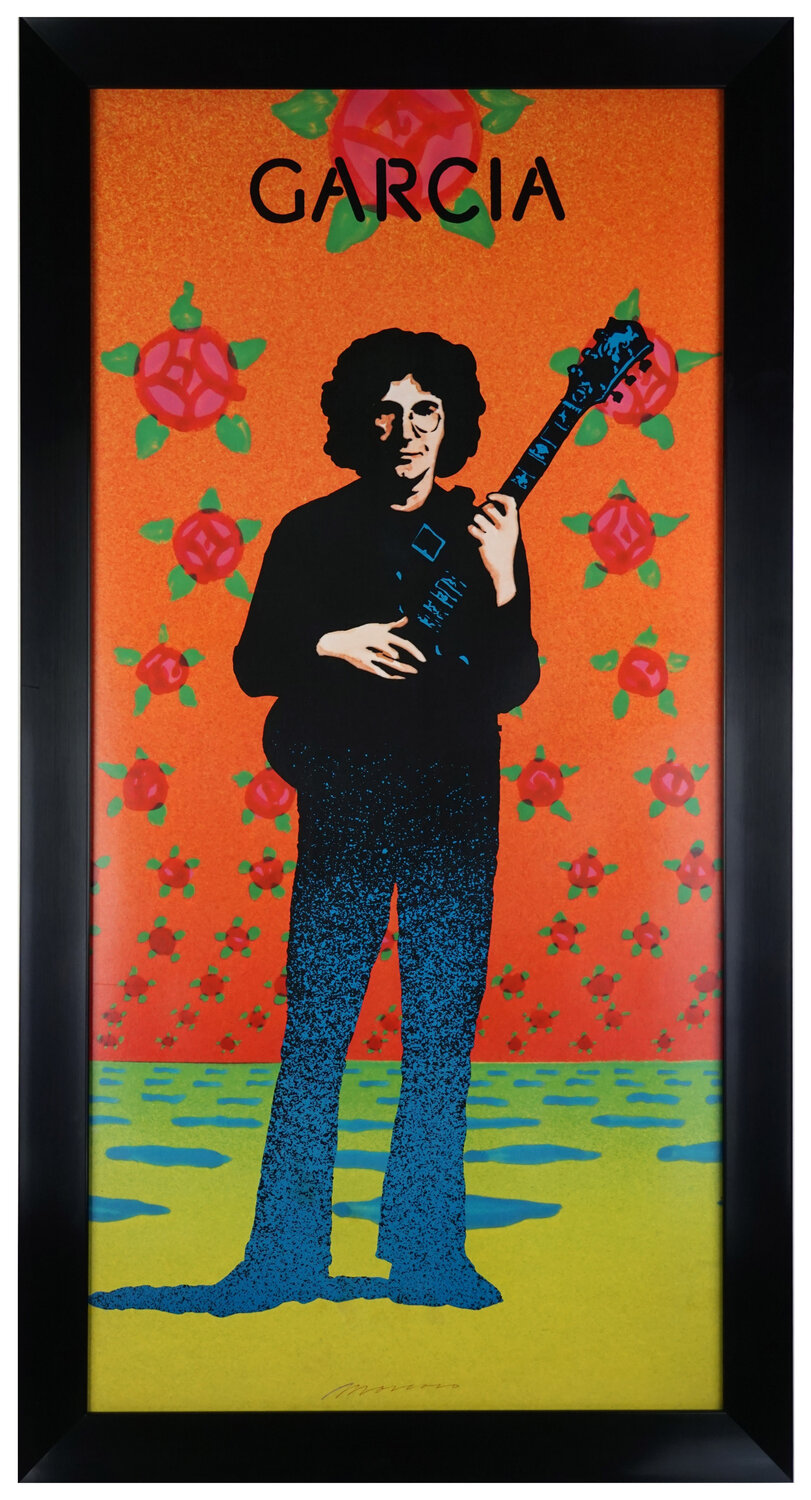Monday, September 30, 2024
Grateful Dead groove into Oyster Bay
The Bahr Gallery in Oyster Bay opened its latest exhibition, “Vintage Grateful Dead Posters,” on Sept. 21. The show, running through Jan. 4, 2025, will feature more than 40 rare, first-edition psychedelic rock posters, many of which have never been displayed at the gallery before.
Located at 95 Audrey Ave., Bahr Gallery is known for showcasing rare and historically significant works of psychedelic rock art. Admission to the exhibition is free, and the gallery is open Fridays and Saturdays from 1:30 to 5:30 p.m., with additional viewings available by appointment.
Ted Bahr, owner and curator of the gallery, said the Grateful Dead’s deep connection to the psychedelic movement and their continuous appeal made this exhibition a natural choice.
“The Grateful Dead were at the center of the psychedelic poster revolution in the 1960s,” Bahr said. “Their improvisational music and association with the early ‘Acid Tests’ in San Francisco made them a dream subject for the poster artists of the time.”
The exhibition includes works from the “Big Five” of San Francisco’s psychedelic poster art: Wes Wilson, Stanley Mouse, Victor Moscoso, Rick Griffin, and Alton Kelley. Among the highlights are the famous 1966 “Skeleton & Roses” poster by Mouse and Kelley, which became a core part of the Grateful Dead’s iconography, and Griffin’s 1969 “Aoxomoxoa,” a first edition that was later used as the cover of the band’s third album. Other rare pieces include posters from the band’s 1970 performances, such as one from a concert at MIT just two days after the Kent State shootings.
Bahr said this is the first Grateful Dead exhibition at the gallery in several years, with 15 posters making their debut at the gallery.
“I’ve collected a number of new pieces that have never been shown before, along with several rare posters that even longtime visitors might not have seen,” Bahr said.
Grateful Dead posters from the 1960s and 1970s have become iconic, recognized not only for their vibrant, psychedelic art but also for their historical significance. Many similar pieces are now displayed in institutions like the Smithsonian and the Metropolitan Museum of Art.
“The Grateful Dead’s legacy is not just about their music but also about the visual art that accompanied it,” said Bahr. “I hope visitors walk away with a deeper appreciation of how this art reflected the music and the times in which it was created.”
For more information about the exhibition or to schedule a private tour, visitors can contact the gallery directly at (516) 283-1967.
HELP SUPPORT LOCAL JOURNALISM
The worldwide pandemic has threatened many of the businesses you rely on every day, but don’t let it take away your source for local news. Now more than ever, we need your help to ensure nothing but the best in hyperlocal community journalism comes straight to you. Consider supporting the Herald with a small donation. It can be a one-time, or a monthly contribution, to help ensure we’re here through this crisis. To donate or for more information, click here.
Sponsored content
Other items that may interest you







